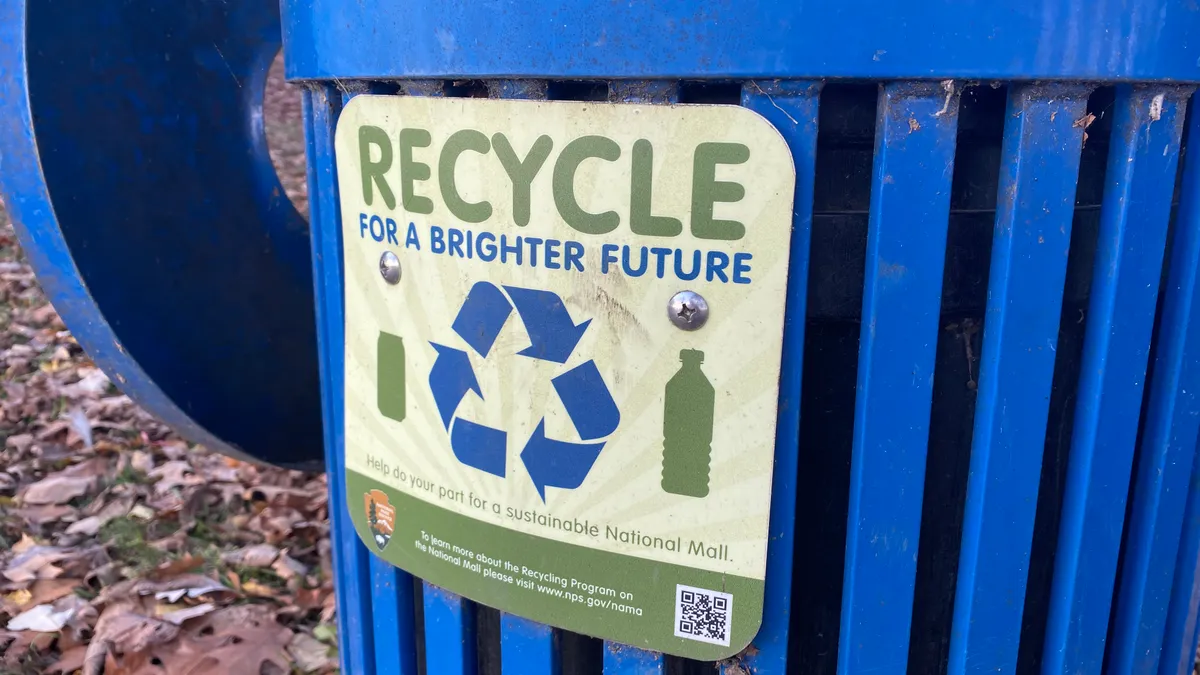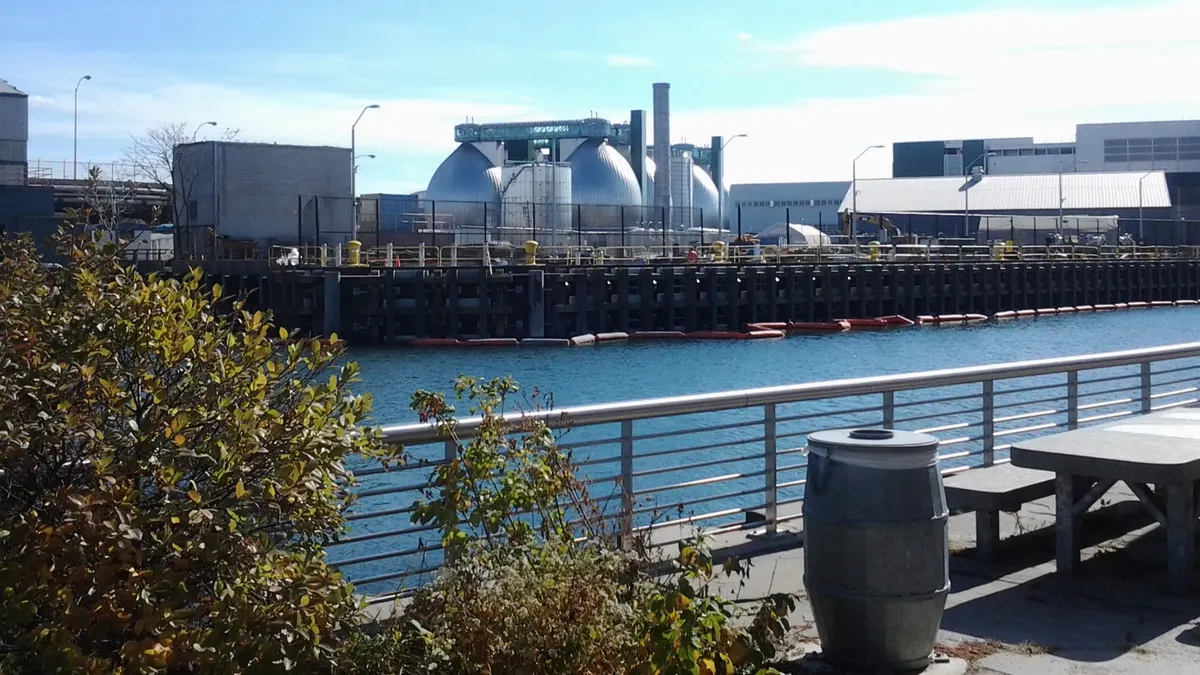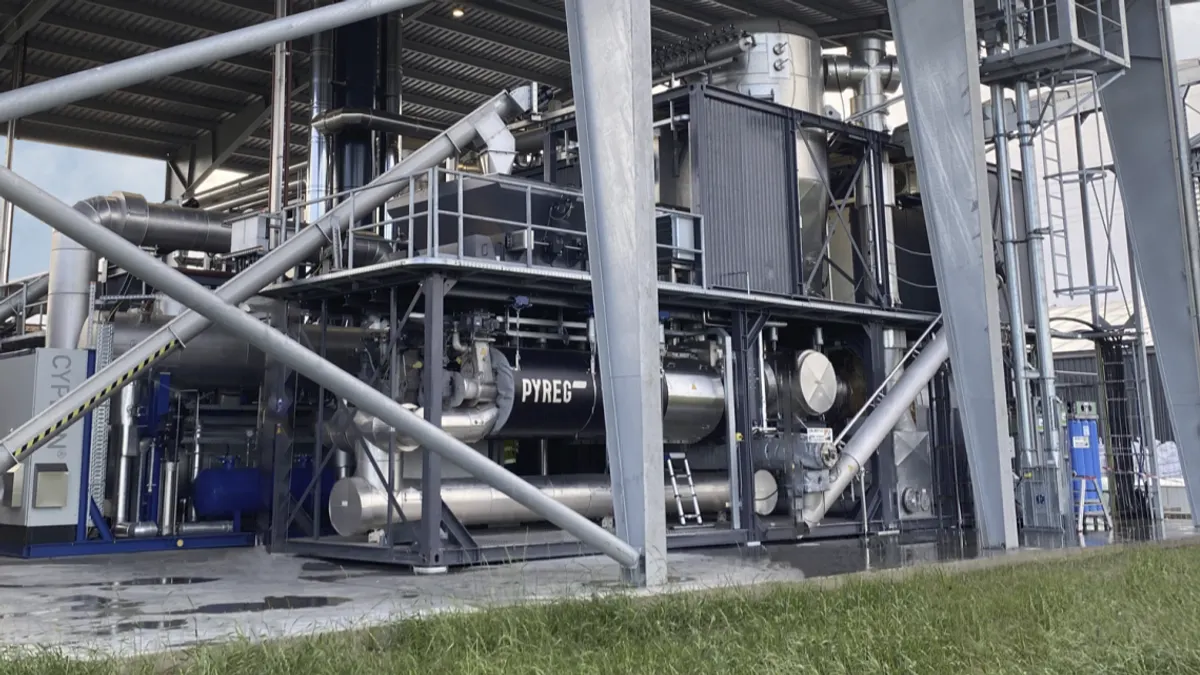The U.S. EPA released the final version of rules for its Renewable Fuel Standard program on Wednesday without the inclusion of a new program that would have boosted funding for renewable electricity generation but with better credit volumes for biogas. The rules deliver value to the waste industry while holding back on implementing a major addition to the RFS.
The updated rules set the volume of credits that renewable fuel manufacturers could sell to refiners and importers of petroleum-based fuels for 2023, 2024 and 2025. In determining targets for renewable natural gas, the EPA looked at the RNG industry’s growth since 2015 to get a sense of pre-pandemic norms. The agency boosted its projections as a result.
“Today’s final rule reflects our efforts to ensure stability of the program for years to come, protect consumers from high fuel costs, strengthen the rural economy, support domestic production of cleaner fuels, and help reduce greenhouse gas emissions,” EPA Administrator Michael Regan said in a statement.
The new RFS rules were published following a lawsuit from biofuel trade association Growth Energy. The deadline was originally set to June 14 but was delayed by a week following a last-minute agreement between Growth Energy and EPA.
The consent decree reached by Growth Energy ensured the EPA, in conjunction with the Department of Energy and Department of Agriculture, would set volume targets for multiple years for the first time since the RFS was created in 2005, bringing more certainty to the program and renewable identification number, or RIN, credit values.
The credits are an attractive source of revenue to producers of a range of renewable fuels, including biogas. The final rule settled on a higher rate of growth in the number of RINs for cellulosic biofuels used for RNG than previously proposed, a change the waste industry had urged. The EPA now projects that RNG volumes will increase 25% year-over-year rather than 13.1% as it initially projected. The higher RIN generation targets provide greater revenue opportunity to producers of biogas, which includes landfills and anaerobic digesters.
Credits for generating renewable electricity, called eRINs in the EPA's initial proposal, would have offered a substantial new source of revenue for biogas producers in the waste industry, many of which generate electricity and not renewable natural gas. The American Biogas Council estimated earlier this year that the vast majority — about 2,000 — of the 2,300 operating biogas collection systems in the U.S. produce electricity, while a smaller but growing number produce RNG.
Many landfill operators still use methane gas from their facilities to generate electricity on-site, but the potential to receive credits through further refining of biogas into RNG had caused some companies to consider upgrades. For instance, WM, which is investing more than $1.2 billion in upgrading its RNG infrastructure, projected during an investor call in April that it could generate more than $70 million through the eRIN market if it was created. While eRINs would be a fraction of the company’s overall revenue expectations, executives said they could shift RNG plans at certain sites based on the program’s implementation or lack thereof.
eRINs also could have given waste companies a piece of the regulatory market as fleets transitioned to battery-electric vehicles through the generation of electricity through biogas. In its explanation for delaying implementation of the eRIN program, EPA said that it would “continue to work on potential paths forward," citing strong stakeholder interest but concerns from environmental justice advocates. Some Republicans had also argued that the creation of an entirely new credit market through the RFS would go beyond EPA's statutory abilities under the Clean Air Act, and urged the agency to abandon the proposal in April.
Meanwhile, some Democrats in states with WTE facilities had joined private companies in urging the EPA to add such facilities to the RFS rules, as they generate biogas that can be used for fueling or electricity. That provision was not included, but EPA indicated it was still interested in clarifying the definition of renewable biomass following further review, which could include WTE.
The final rule also allowed biogas to be used as an intermediate to produce renewable fuels beyond RNG. In its explanation, EPA said the decision would support the market for harvesting and using biogas from additional landfills, anaerobic digesters and other sources without relying on the limited end use of compressed natural gas or liquefied natural gas vehicles.


















